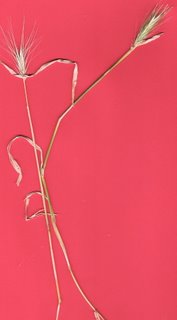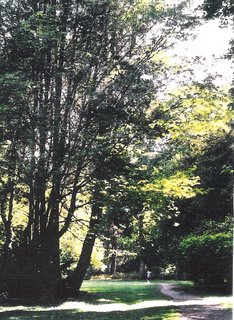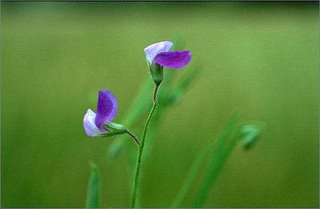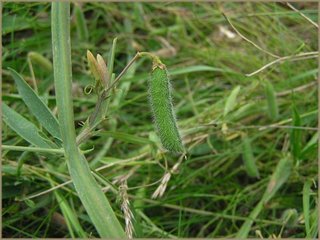
Strawberry
The flower of the day (Messidor 16) in the French Republican calendar is Tabac (tobacco) which does seem like a quintessentially American plant to feature on the Fourth of July.
However, I’ve decided to feature the strawberry, not the bloom but the fruit, as I always associate strawberries with Fourth of July. I have a wonderful strawberry plant in my garden, given to me by a friend last summer, which has been producing incredibly delicious fruit for the past three weeks. Larousse Gastronomique says “Strawberries must be eaten freshly gathered because they do not keep.” That is true—I have not managed to get any back to my house yet.
Strawberries are members of the rose family, and belong to the genus
Fragaria, from the same Latin word as fragrance, for its wonderful scent. The derivations of the common name strawberry seems fairly obvious. Mrs. Beeton says it was so called because straw was used as a mulch to keep the berries off the ground. But Mrs.M. Grieve, says it was originally the strew berry because of the way the plant grows (putting forth runners which tangle along the ground). The strawberry has an aggregate fruit, according to the American Heritage Dictionary, consisting of a red fleshy edible receptacle and numerous seed-like fruitlets (doesn’t make it sound quite so appealing, does it?)
Strawberry History
For everything you want to know about strawberry history, see this site:
http://www.vegparadise.com/highestperch45.htmlStrawberry Medicine
The 17th century herbalist Culpeper says they are cool and dry when green, but cool and moist when ripe. He used them to cool the liver, blood and spleen, to calm an upset stomach and to refresh the spirit. Judging by the number of conditions for which he used them, they were associated with bright red problems, like inflamed red eyes and blisters of the skin. They could also bring rosiness back to the complexion of someone with jaundice.
Gerard, the Elizabethan herbalist says “the leaves boiled and applied in the manner of a poultice take away the burning heat in wounds.” Gerard also recommended “The distilled water drunk with white Wine” as “good against the passion of the heart, reviving the spirits and making the heart merry.” This use of strawberries coincides with that of the Naragansett Indians who called it "wuttahimneash" which translated as heart-seed berry.
According to Mrs. Grieve a cut Strawberry rubbed over the face immediately after washing will whiten the skin and remove slight sunburn. For a badly sunburnt face she recommends rubbing the juice well into the skin, leaving it on for a half hour, then washing it off with warm water to which a few drops of simple tincture of benzoin have been added; no soap should be used. This recipe may come in useful if you are out in the sun all day on Fourth of July.
Strawberry Folklore
According to Funk and Wagnalls, the strawberry was sacred to Frigga, who concealed children who died as infants in strawberries and smuggled them into heaven. Culpeper calls it a plant of Venus. It was later associated with the Virgin Mary.
I haven’t seen a reference for this bit of folklore but it makes sense to me. Sharing a double strawberry with someone else means you will fall in love. Also according to this website (
http://strawberry.ifas.ufl.edu/Productioncosts.htm) in France, newlyweds were served a soup of thinned sour cream, strawberries, borage (a European herb whose flavor is reminiscent of cucumber) and powdered sugar as an aphrodisiac.
Strawberry Recipes
Here's my favorite strawberry recipe: cut strawberries into halves (or quarters if large) and toss lightly with rosewater and a hint of sugar. Allow to marinate for two to four hours, stirring occasionally (perhaps once an hour). The rosewater adds an interesting flavor and dimension to the strawberries. I got this idea from
Aroma, a wonderful resource on using essential oils in aromatherapy and cooking by Mandy Aftel and Daniel Patterson.
References:
Aftel, Mandy, and Daniel Patterson,
Aroma: The Magic of Essential Oils in Food and Fragrance, Artisan 2004
Beeton, Mrs. Isabella,
Book of Household Management, London 1861, First Edition Facsimile, Farrar, Straus & Giroux 1977
Funk & Wagnalls Standard Dictionary of Folklore, Mythology and Legend, edited by Maria Leach, Harper & Row 1972
Grieve, Mrs. M,
Modern Herbal, 1931
www.botanical.comMontagne, Prosper,
The New L
arousse Gastronomique, Crown 1977
Illustration is from Larousse Gastronomique











